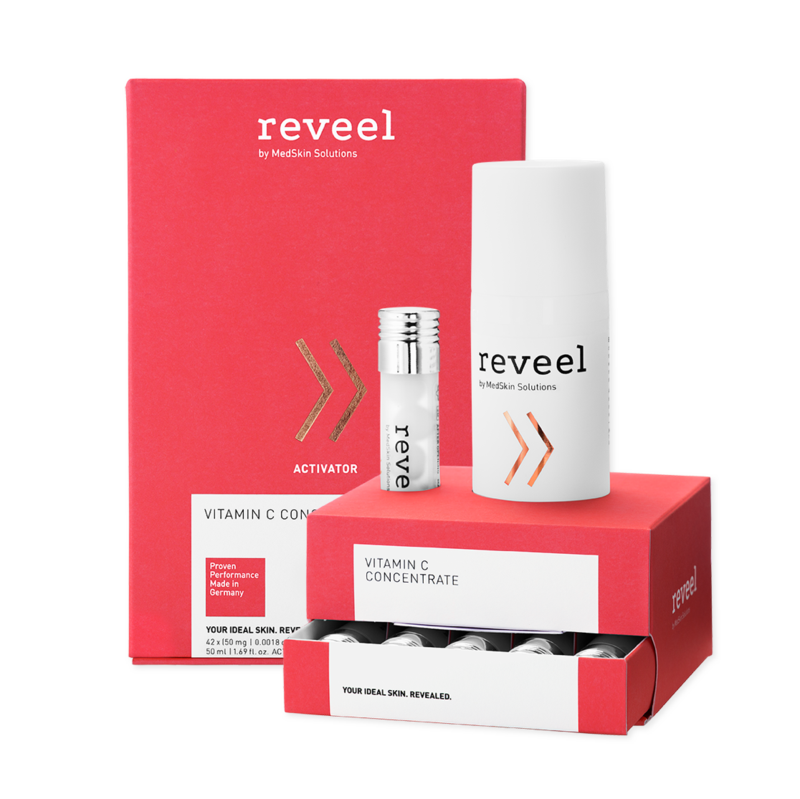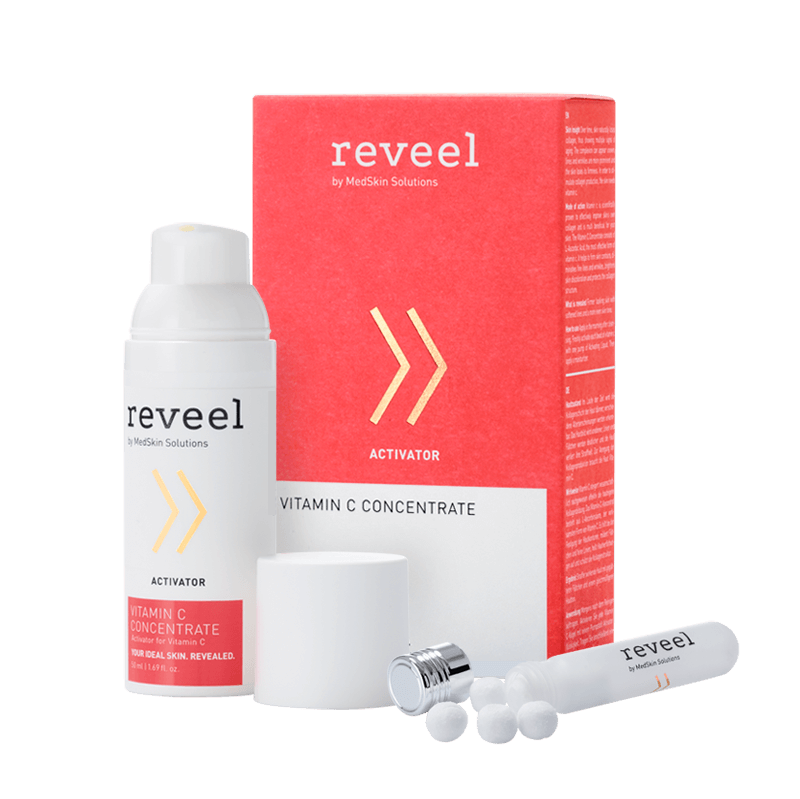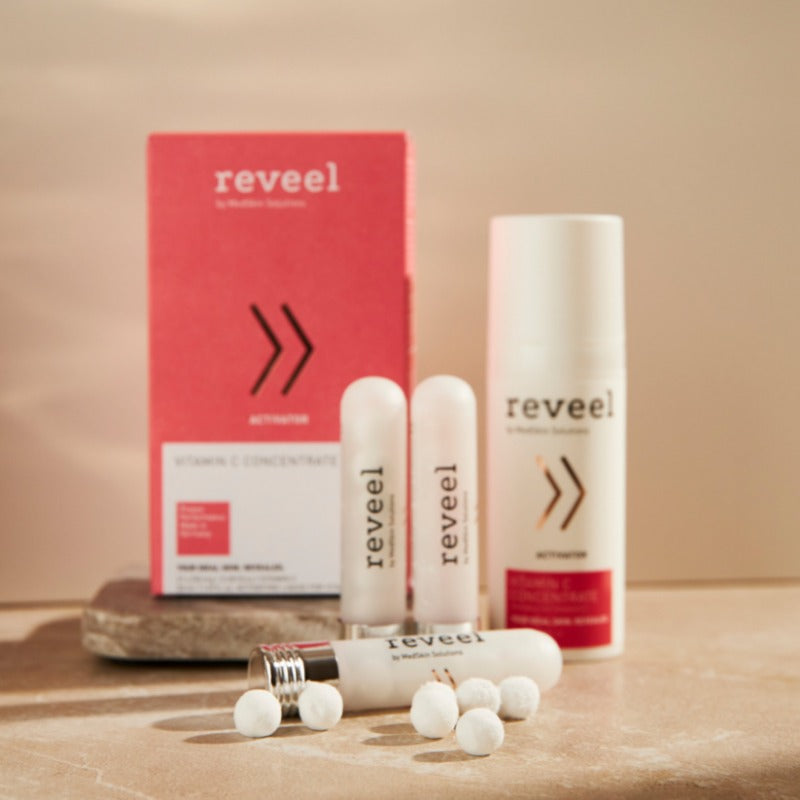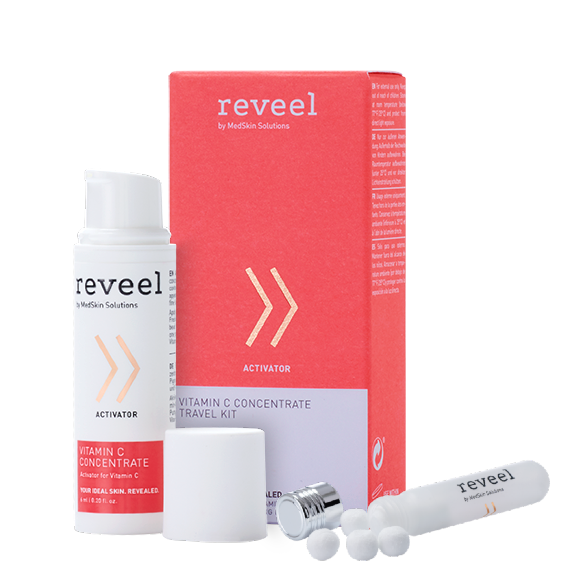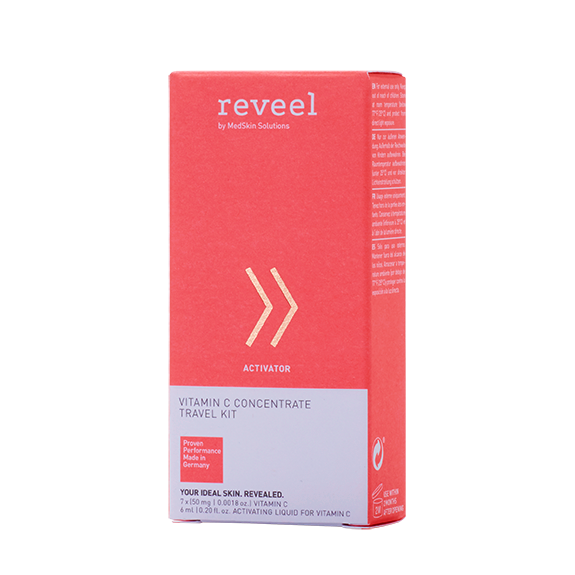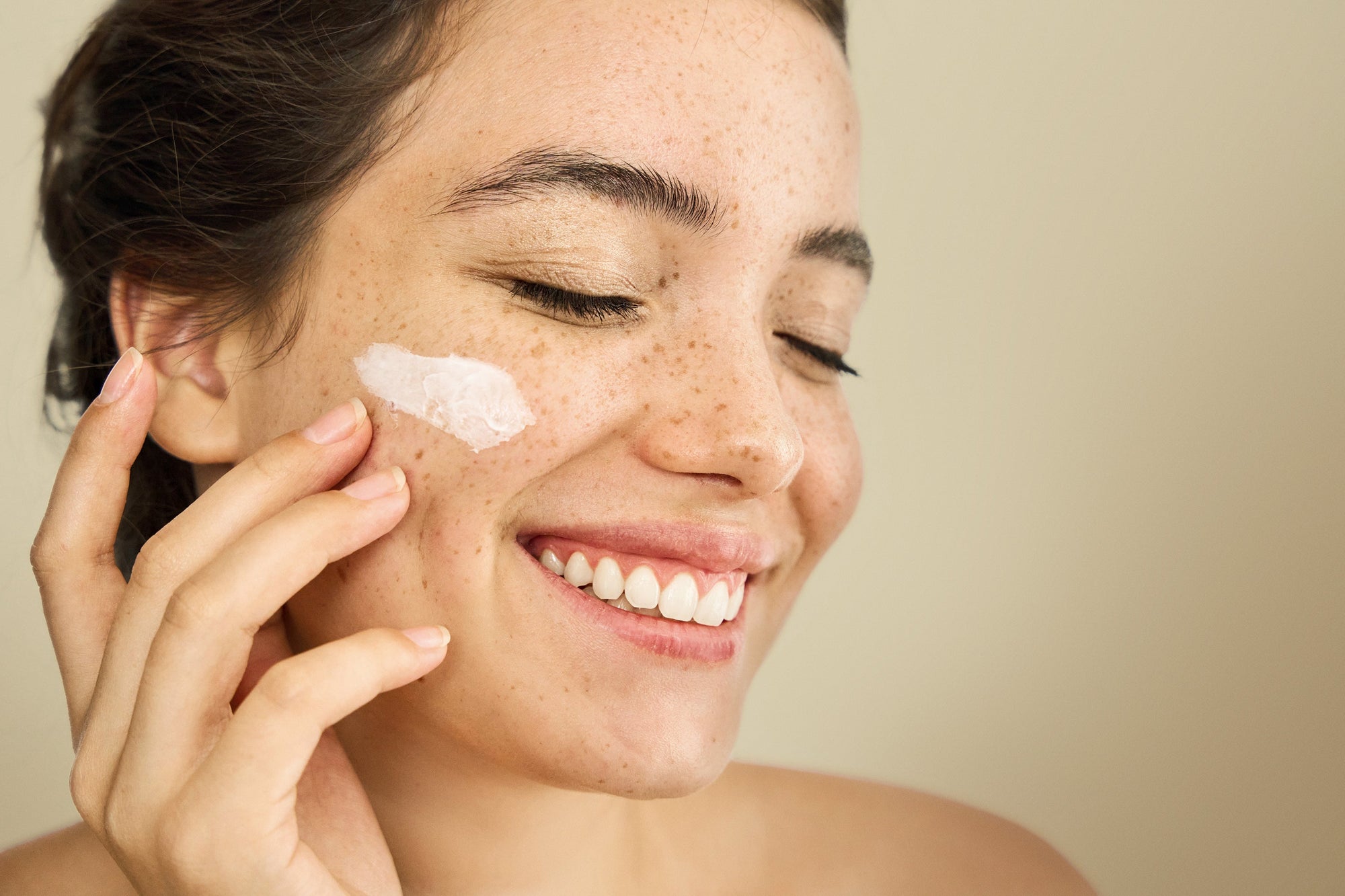The sun and especially UV radiation also have a negative effect when exposed to excessive amounts
For example, UV-B rays induce sunburn. Even a slight redness on the skin in the evening is considered solar erythema and contributes to increasing the risk of skin cancer, as DNA damage can occur in the epidermis. UV-B rays also weaken our skin because they have been proven to suppress the epidermal immune system and can also break down important lipids in our skin barrier. The result is (sun) sensitive skin.
Increased risk of skin cancer
The UV-A rays of sunlight can even penetrate deep into the dermis. There they can lead to genetic mutations, which is why there is a serious risk of certain forms of skin cancer. They also indicate free radicals in the dermis. The resulting oxidative stress in turn leads to the destruction of dermal structures such as collagen and elastic fibers, which becomes visible as premature skin aging. Furthermore, UV rays induce a wide variety of enzymes, such as matrix metalloproteinases (MMPs), which cause the breakdown of dermal matrix components, which also leads to premature skin aging.

However, UV rays are not the only cause of extrinsic skin aging.
Studies over the last 15 years show that all spectral regions (UV, visible light [VL] and near infrared [IR]) induce the formation of free radicals and thus promote premature skin aging by modulating the expression of MMPs and inflammatory processes in human skin. Both experimental and clinical studies in humans have shown that infrared A radiation causes premature wrinkle formation. Sun protection factors protect against UV radiation, but cannot protect against the damaging effects of infrared light and the visible blue light of the sun.
Antioxidants such as vitamins C and E come into play here
It has been scientifically proven that vitamin C protects against oxidative stress, which is induced to a high degree by infrared A rays. Vitamin E has a stabilizing effect on the skin barrier and thus protects the skin from light-induced skin aging. In addition, a study published in 2015 demonstrated for the first time that antioxidants such as vitamins C and E can effectively protect the skin from infrared A radiation. Vitamin C is also the ideal active ingredient for sun-damaged skin. A number of studies have shown that vitamin C, in addition to its antioxidant properties, has an anti-inflammatory effect and also has a lightening effect on hyperpigmentation. It is also an essential co-factor in collagen production. As early as 2003, scientists were able to demonstrate in a randomized, placebo-controlled study that 5% vitamin C after 6 months of application to the skin leads to a significant improvement in microrelief and wrinkles and thus contributes to a visible improvement in photo-damaged skin. Since vitamin C is very unstable, it represents a real cosmetic science challenge to find stable formulations that lead to an optimal result on the skin. New technologies, such as those from reveel by MedSkin Solutions, enable vitamin C to be kept stable in its most active form until it is used on the skin. The product is said to achieve a 31% improvement in skin elasticity and a 27% reduction in wrinkle depth.

More moisture
However, sun-damaged skin not only needs a balance of antioxidants, but also a balance of moisture. The B vitamin panthenol is one of the most effective humectants because, due to its chemical properties, it has the ability to easily penetrate the stratum corneum and thus supply the skin with moisture. On the other hand, studies show that it significantly strengthens the skin barrier. Collagen is also a real moisture booster. When applied topically, it leads to a visible and measurable improvement in stratum corneum hydration, so that moisture losses can be compensated for. Further research suggests that soluble collagen can immediately reduce superficial wrinkles. When applied to the skin over a period of three months, it can also counteract MMP-induced damage to the extracellular matrix. An innovation in the field of collagen is the technology from MedSkin Solutions Dr. Suwelack, which allows the native form of collagen to be stabilized, secured and freshly activated on the skin.

Using sunscreen
To prevent sun damage, a sun protection factor should always be chosen according to the skin phototype and the current UV index. This means that the lighter the skin, the shorter the time it takes to protect itself in the sun and the higher the sun protection filter you choose. In order to not only take care of yourself but also the environment, you should pay attention to the ecological footprint of the active ingredient when selecting the product. Since last year, individual UV filters have been banned in various tourist coastal regions of the USA as well as in Mexico and parts of Thailand because they are suspected of having a negative impact on the marine ecosystem. These UV filters include the organic filters octocrylene, benzophenone-3, and oxybenzone as well as the inorganic filters titanium oxide and zinc oxide as nanoparticles.



